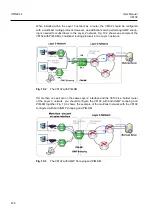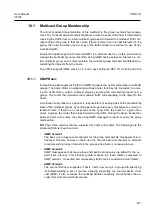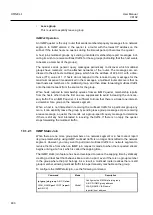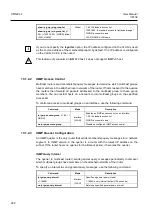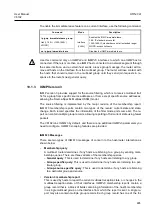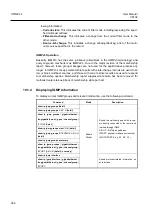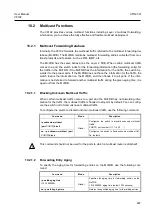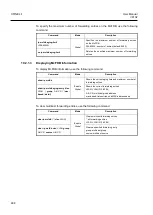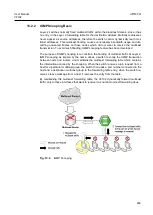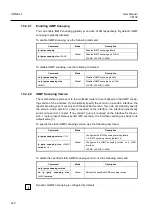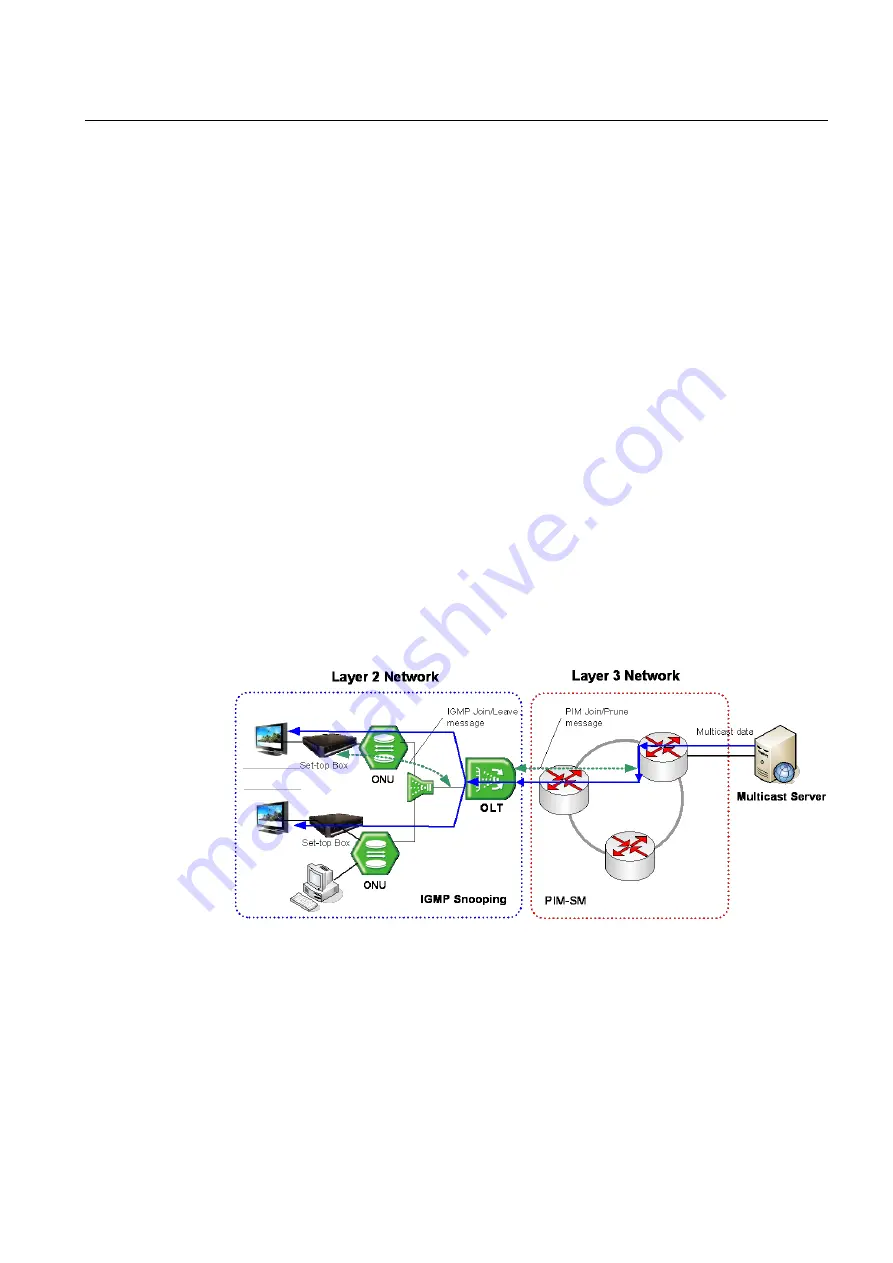
User Manual
UMN:CLI
V8102
475
10 IP Multicast
IP communication provides three types of packet transmission: unicast, broadcast and
multicast. Unicast is the communication for a single source host to a single destination
host. This is still the most common transmission form in the IP network. Broadcast is the
communication for a single source host to all destination hosts on a network segment.
This transmission is also widely used especially by network protocols, but it sometimes
may not be efficient for those hosts in the subnet who are not participating in the broad-
cast. Multicast is the communication for a single or many source hosts to a specific group
of destination hosts, which is interested in the information from the sources. This type of
packet transmission can be deployed for a number of applications with more efficient utili-
zation of the network infrastructure.
The point of implementing multicast is how to deliver source traffic to specific destinations
without any burden on the sources or receivers using the minimized network bandwidth.
The solution is to create a group of hosts with addressing the group, and to let the net-
work determine how to replicate the source traffic to the receivers. The traffic will then be
addressed to the multicast address and replicated to the multiple receivers by network
devices. Standard multicast protocols such as IGMP and PIM provides most of these ca-
pabilities.
IP multicast features on the V8102 consist of the group membership management, Layer
2 multicast forwarding, and Layer 3 multicast routing, which allow network administrators
to successfully achieve the effective and flexible multicast deployment.
an example of the IP multicast network. In this case, the V8102 is configured
only with IGMP snooping (L2 multicast forwarding feature) in the Layer 2 network.
Fig. 10.1
The V8102 with IGMP Snooping
















